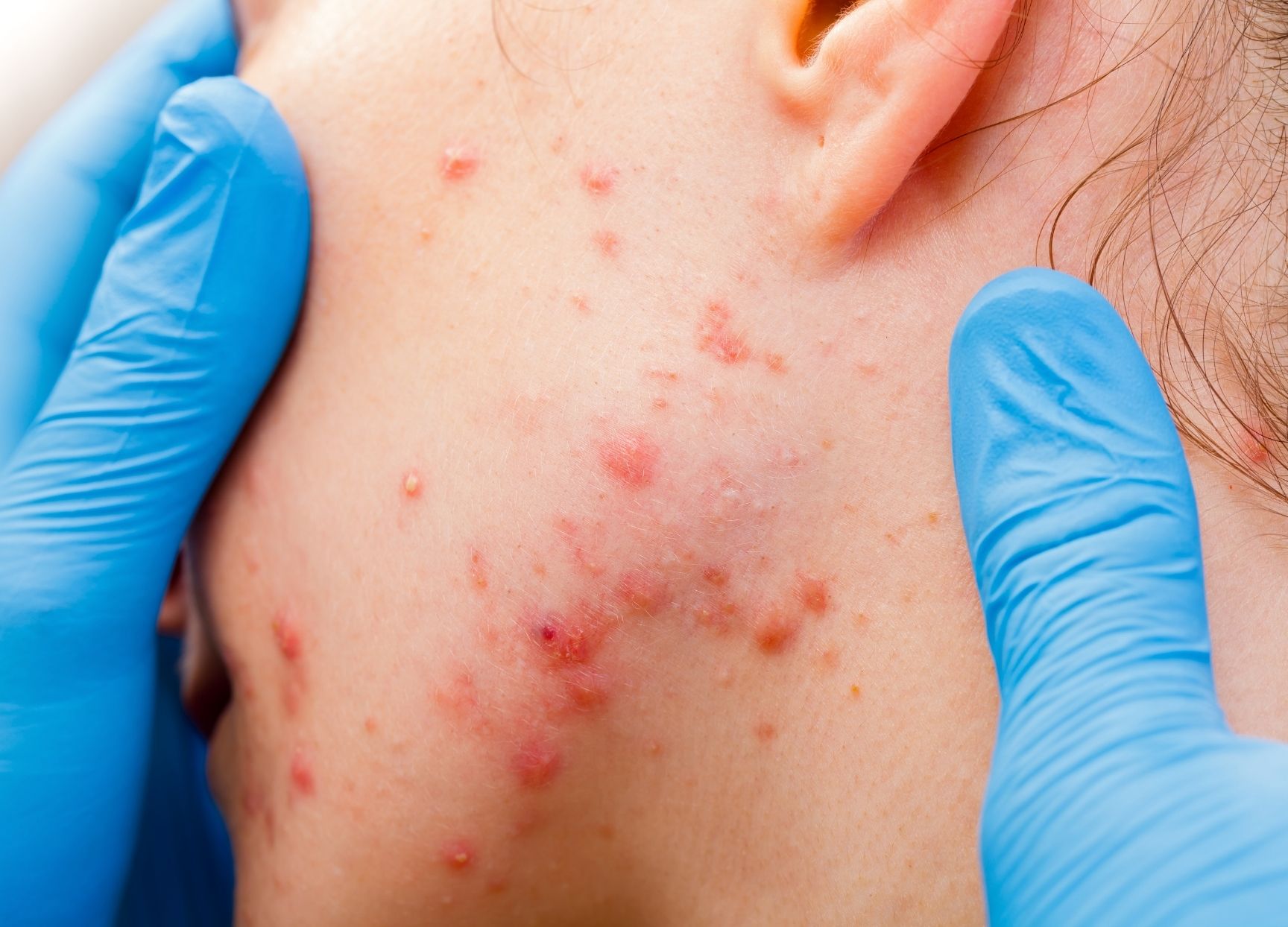There are three main types of acne scars; ice pick scars, rolling scars and boxcar scars. In most cases, patients with acne scarring will have more than one of these types. Each type can be identified by how they appear:
Ice pick scars are small, deep holes in the skin that look like punctures made with a sharp object. These are most common on the forehead and upper cheeks where the skin is thinner.
Rolling scars give the skin a wavy or uneven appearance and are caused by bands of scar tissue forming under the skin. These scars are typically found on the lower cheeks and jaw, where the skin is thicker.
Boxcar scars are round or oval depressions that go deep into the skin. These scars are common on the lower cheeks and jaw.
In people with darker skin, acne often leaves long-lasting pigmented blemishes, called post-inflammatory hyperpigmentation.
In very severe cases hypertrophic or keloid scars can occur. This type of scar tissue is raised off the skin and can be itchy, tender or painful. It’s caused by an overgrowth of fibrous tissues in the skin and is most often seen on the chest, back, shoulders and jawline.

